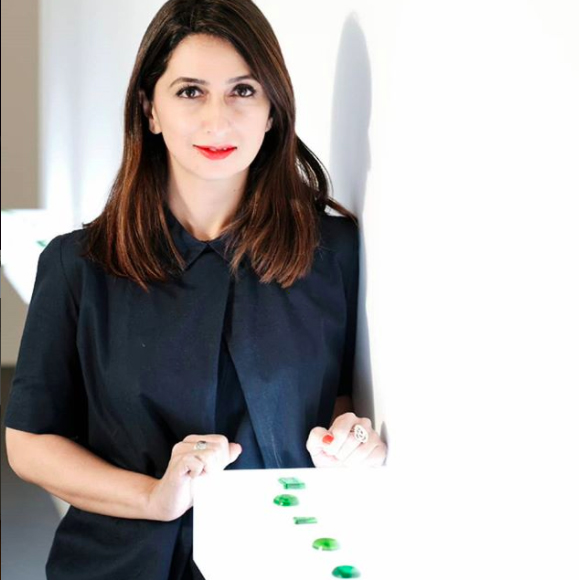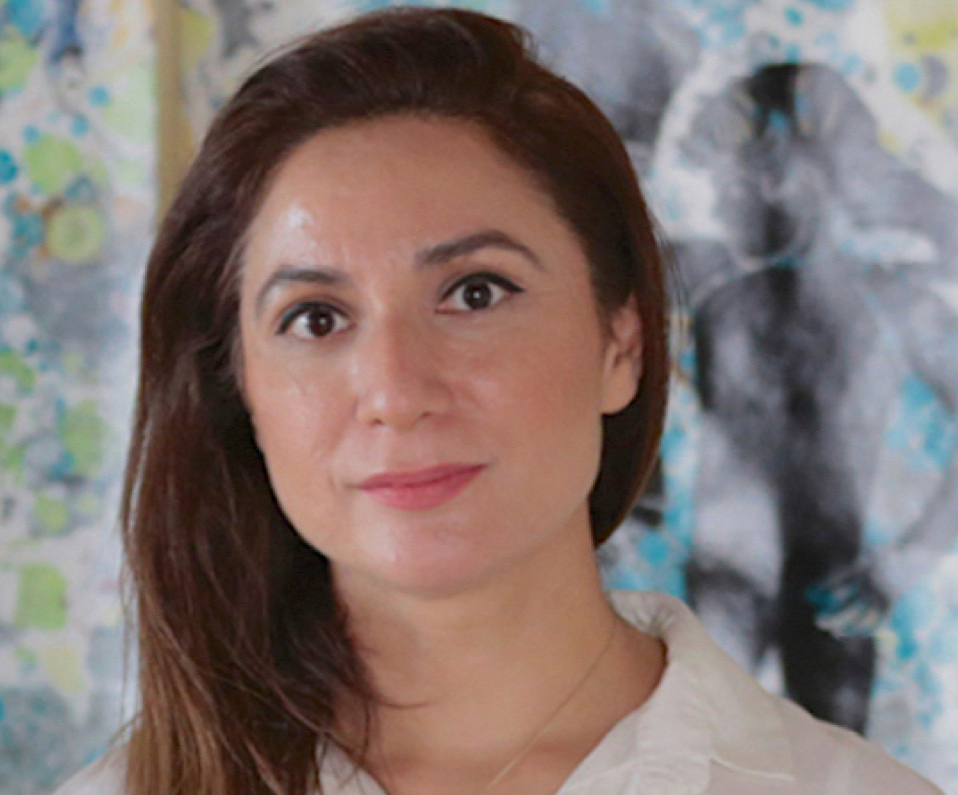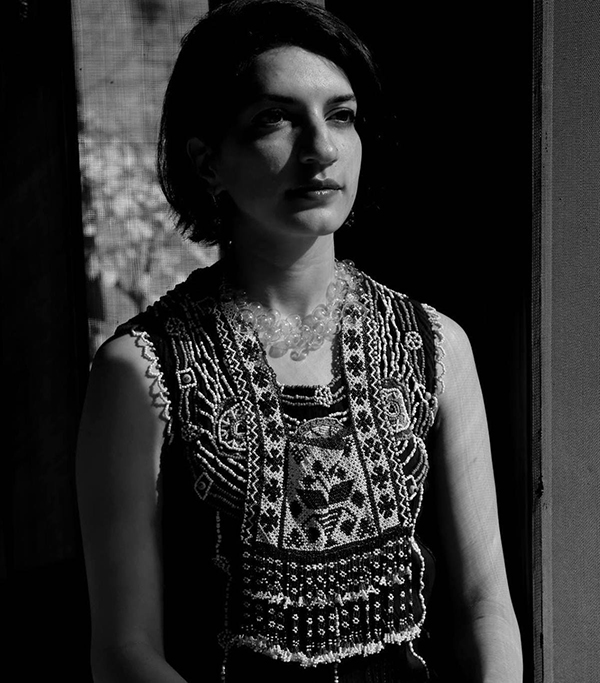[ad_1]
Written by: Nayha Jehangir Khan
Posted on: March 25, 2020 | 
Under the Apple Tree 3 by Farazeh Syed
Pakistani artists have often defied cultural norms, and reclaimed space for individualism as a form of resistance to censorship in the past. In our short art history of 72 years, we have produced major game-changers like Zubeida Agha, Anna Molka Ahmed, Salima Hashmi and Lala Rukh. They were the frontline-generation to champion female modernistic traditions in the face of a patriarchal art scene. These strong, female, accomplished figures, are celebrated today for having made their mark in being true modernists, and for paving the way for today’s headlining Pakistani artists such as Nazia Khan, Shazia Sikander, Hamra Abbas and Aisha Khalid.
Their determination and strength have guided young female artists in Pakistan to pursue their dreams, while challenging conformity and mediocrity. Another important contribution which female artists make; is the role they play as Art Educators. They are changing mindsets and they help mold future artists at National College of Arts (NCA) in Lahore, Indus Valley School of Art and Architecture and Habib University in Karachi, Fatima Jinnah Women’s University in Rawalpindi and many other art programs across the country.
Outside the safeguarded and nurturing walls of academia, Pakistan still has difficulty accepting its female artists. This article is dedicated to four women which include Faiza Butt, Saba Qizilbash, Farazeh Syed and Saba Khan, whose works are unapologetic, intimate and highly evocative of the present contemporary time. These artists hail from various disciplines and started their careers at the NCA in Lahore.
The artist Saba Qizilbash majored in painting at the NCA, after which she attended an artist residency at the Sitka Center for Art and Ecology in Oregon, USA. She spent time in San Francisco collaborating with local artists, and got her masters in Art Education from the Rhode Island School of Design (RISD) in 2004. There she developed an interest in Curriculum Development and Community Programming.
Qizilbash is a master drafter of industrial structures and landscapes in monotone. Her works have a symmetry that takes your breath away, and the sheer scale and detail are both meticulous and controlled. She spends her time conducting workshops in Lahore, Sheikhupura, New Delhi, Dubai and Rhode Island. Currently teaching at the American University in Dubai, Qizilbash frequently exhibits her drawings and sculptural pieces in galleries locally and internationally.
Artist Website: http://www.sabaqizilbash.com/
Instagram: https://www.instagram.com/sabaqizilbash/
Faiza Butt has showcased her work as a Pakistani artist in London for two decades; her works are part of the British Museum collection and are also displayed on prominent platforms such as Asia Society, Art Dubai, Art Basel in Hong Kong, the India Art Fair and the Venice Biennale.
Her works have porcelain-like surfaces that seem to be a reflection of swirling bright colours in which thought-provoking imagery is placed, to draw in her viewers. The representational realistic figure is taken from local social narratives, to collide them with abstraction in line, colour and composition. Butt is ready to overwhelm her viewer with multifaceted works of art that can be translated directly onto porcelain objects like a plate or bowl.
Website: http://www.artnet.com/artists/faiza-butt/
Instagram: https://www.instagram.com/faizaaugust7/
Farazeh Syed’s emotive figurative paintings have brooding protagonists, engulfed in dark tones and mysterious compositions. There is usually a single female subject that is the primary focus of her painting, paired with the symbology of painterly objects such as foliage or interior spaces.
Syed completed two years at NCA, and later transferred to Gandhara Art School in Islamabad, where she completed a diploma in printmaking. During her apprenticeship with Iqbal Hussain, that has stretched over 15 years, she has honed a unique stylisation of the human form. She attended various art courses at Parsons and Art Students League in New York, and she went to Sanjan Nagar Institute of Art and Philosophy, Lahore for work. In addition, she has taught South Asian Classical Music and Cultural History at NCA. Over the years, Syed has actively contributed to the academic repertoire of NCA, where she completed a Masters (Hons.) in Visual Arts in 2015. Syed has exhibited and published her work in ‘Pakistan – Lines in the Sand’, a project by Luciano Benetton, Aman Mojadidi and Salima Hashmi in 2018.
Website: https://antidotedxb.com/artist-name/farazeh-syed/
Instagram: https://www.instagram.com/farazeh.syed/
Saba Khan attended Boston University for her Masters on a Fulbright Scholarship, graduating in 2010. Returning to NCA where she did her Bachelors, she is now teaching and practicing art in Lahore.
Khan created the Murree Museum Artists’ Residency in 2014, as an artist-led initiative to support Pakistani and international artists/writers. The residency fosters a relationship with the post-colonial hill station, Murree, through artistic explorations of its history and community. The Murree Residency, similar to Khan’s own artistic practice, uses an interdisciplinary approach in analyzing and deconstructing social narrative and culture. Her work takes a contemporary cognition to understand local behaviors and interactions within our society. Khan has also frequently exhibited solo shows nationally, and has participated in international group shows in Canada, Nepal, Thailand, USA and India.
Website: https://sabakhan.com/home.html
Instagram: https://www.instagram.com/murree.residency/
These powerful and highly qualified female artists are breathing new life into the art movement of Pakistan. With social distancing and a lockdown in place, this would be a good time to get to know the art and practice of such contemporary artists.
You may also like:
[ad_2]
Source link








